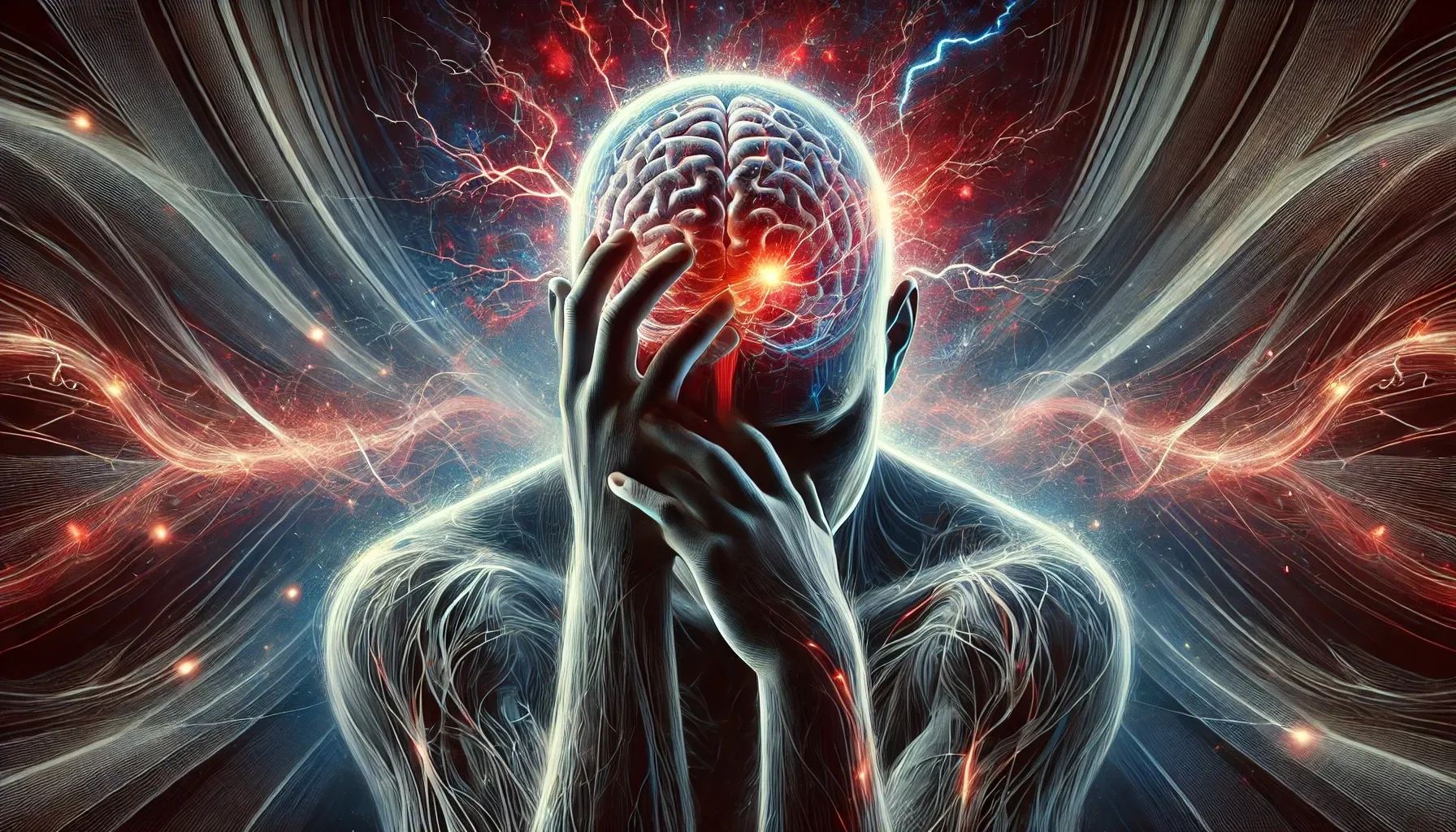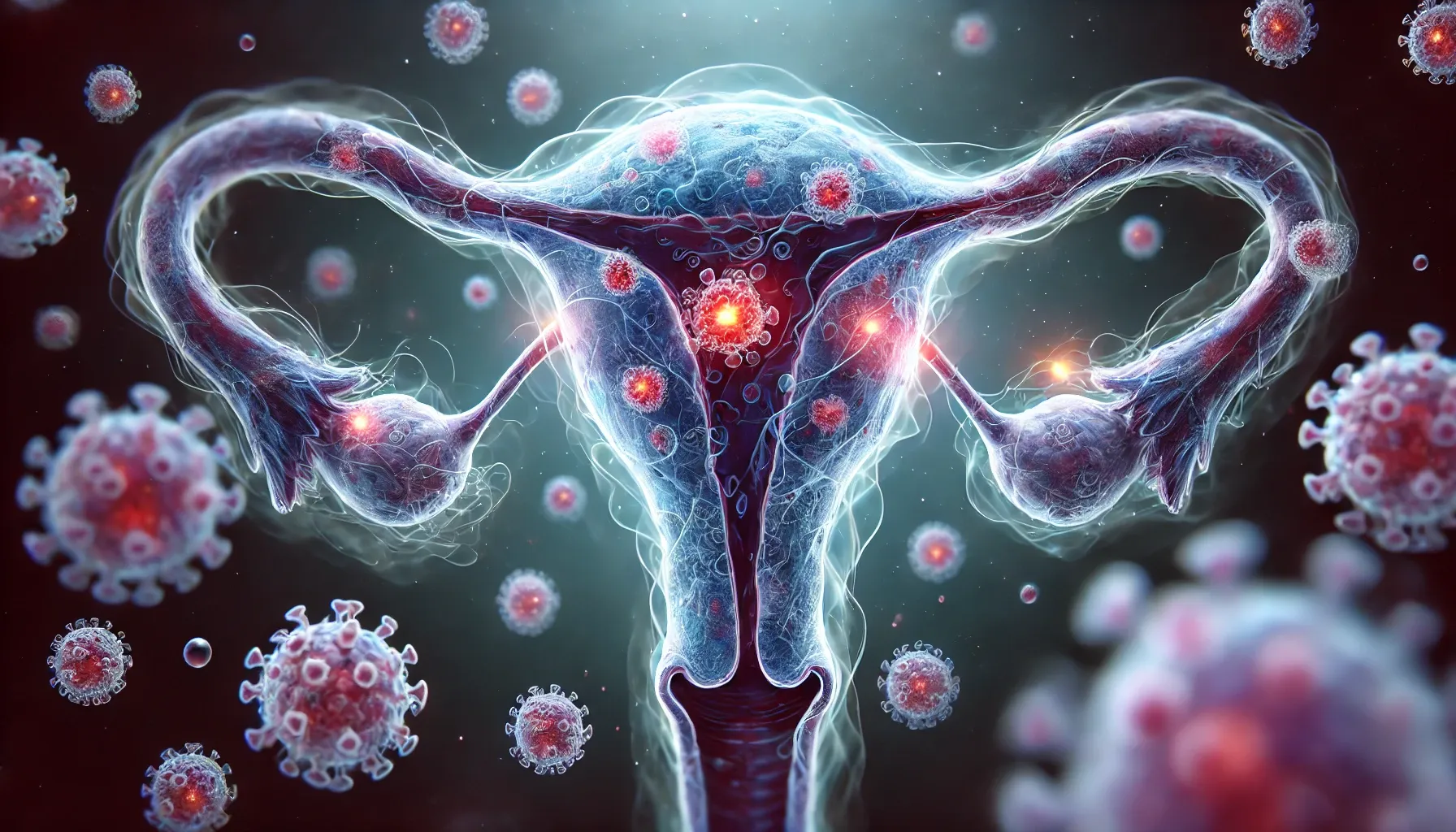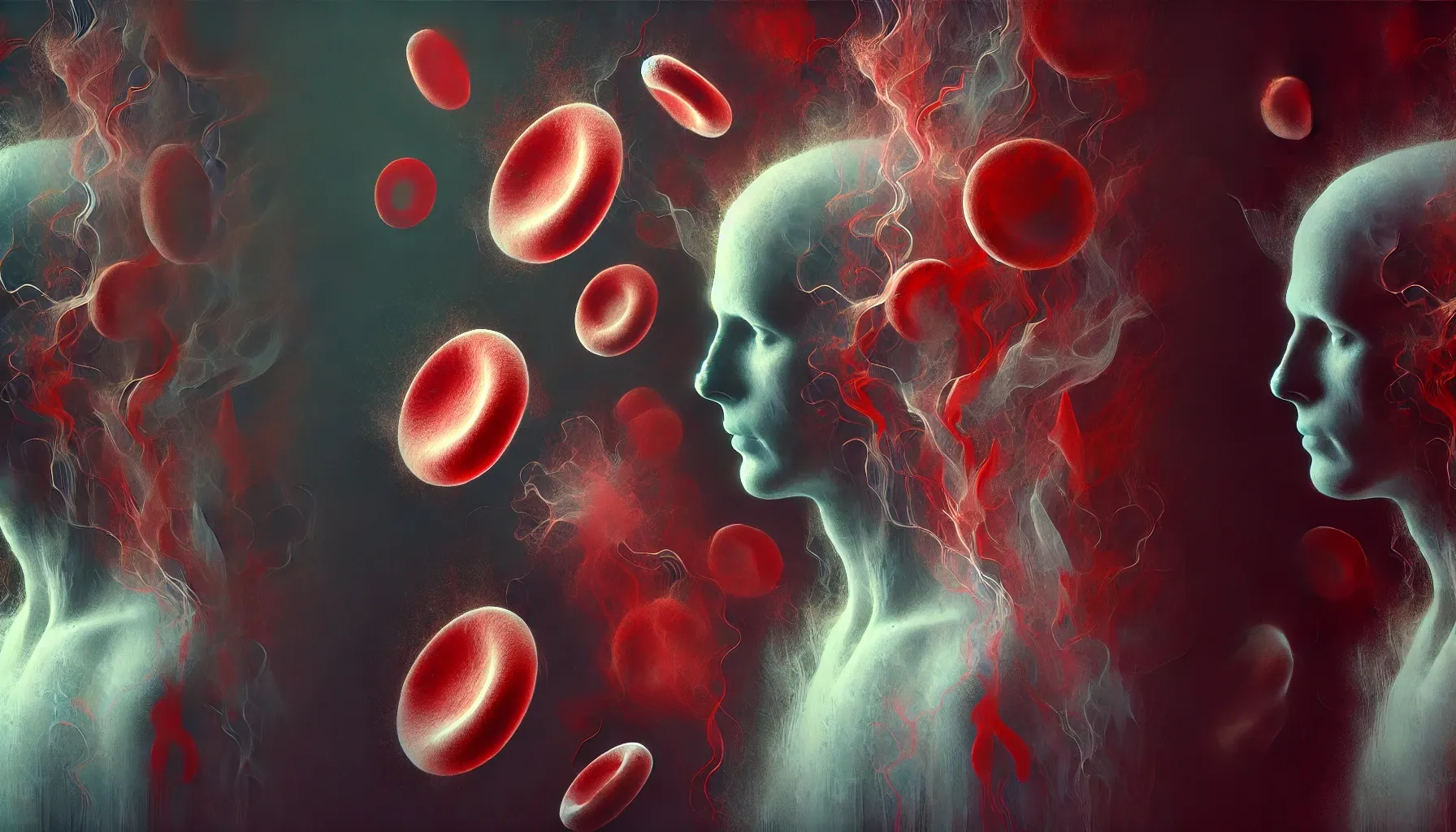UPSC
The Hindu Briefs
Migraines: A Public Health Challenge
Last Updated
20th March, 2025
Date Published
20th March, 2025
Share This Post With Someone

Context:
This analysis explores migraines as a widespread neurological condition, detailing their prevalence, triggers, symptoms, and management strategies. With India reporting over 213 million cases in 2019, migraines pose significant personal and economic burdens, making them a critical topic for understanding health policy, societal impact, and scientific advancements.
- Global Prevalence: WHO ranks migraines among the top three neurological conditions (with stroke, dementia), contributing heavily to disability-adjusted life years (DALYs).
- India’s Burden: The 2019 Global Burden of Disease study recorded 213 million migraine cases in India, a major public health issue often underdiagnosed and undertreated.
- Symptoms and Stages: Involves four stages—prodrome (mood swings, cravings), aura (visual disturbances), attack (throbbing headache), and postdrome (fatigue)—with nausea and sensitivity to light/sound.
- Triggers: Include stress, hormonal changes (e.g., menstruation), alcohol, certain foods, sleep deprivation, and environmental factors like noise or weather shifts.
- Risk Factors: Women are more prone due to hormonal fluctuations; a family history significantly increases likelihood, indicating a genetic link.
- Pathophysiology: Linked to inflammatory substances activating pain pathways around head nerves and blood vessels; exact cause remains unclear.
- Management Options: Preventive drugs (beta-blockers, CGRP inhibitors) and lifestyle changes (sleep regularity, hydration, stress reduction) help reduce frequency and severity.
- Societal Impact: Chronic migraines raise risks of anxiety, depression, and lost productivity, straining personal lives and economies in developing nations like India.
Key Terms:
- Migraine: Recurring neurological disorder causing severe headaches and related symptoms.
- DALYs: Disability-Adjusted Life Years, measure of health loss due to disease.
- Prodrome: Early warning signs (e.g., mood changes) before a migraine attack.
- Aura: Visual or sensory disturbances preceding some migraines.
- CGRP Inhibitors: Drugs targeting calcitonin gene-related peptide to prevent migraines.
- Triggers: Factors (e.g., stress, hormones) that initiate migraine attacks.
- Neurological Condition: Disorder affecting the brain and nervous system, like migraines.
Link To The Original Article – https://www.thehindu.com/sci-tech/health/all-you-need-to-know-about-migraines/article69352354.ece

UPSC
The Hindu Briefs

UPSC
The Hindu Briefs